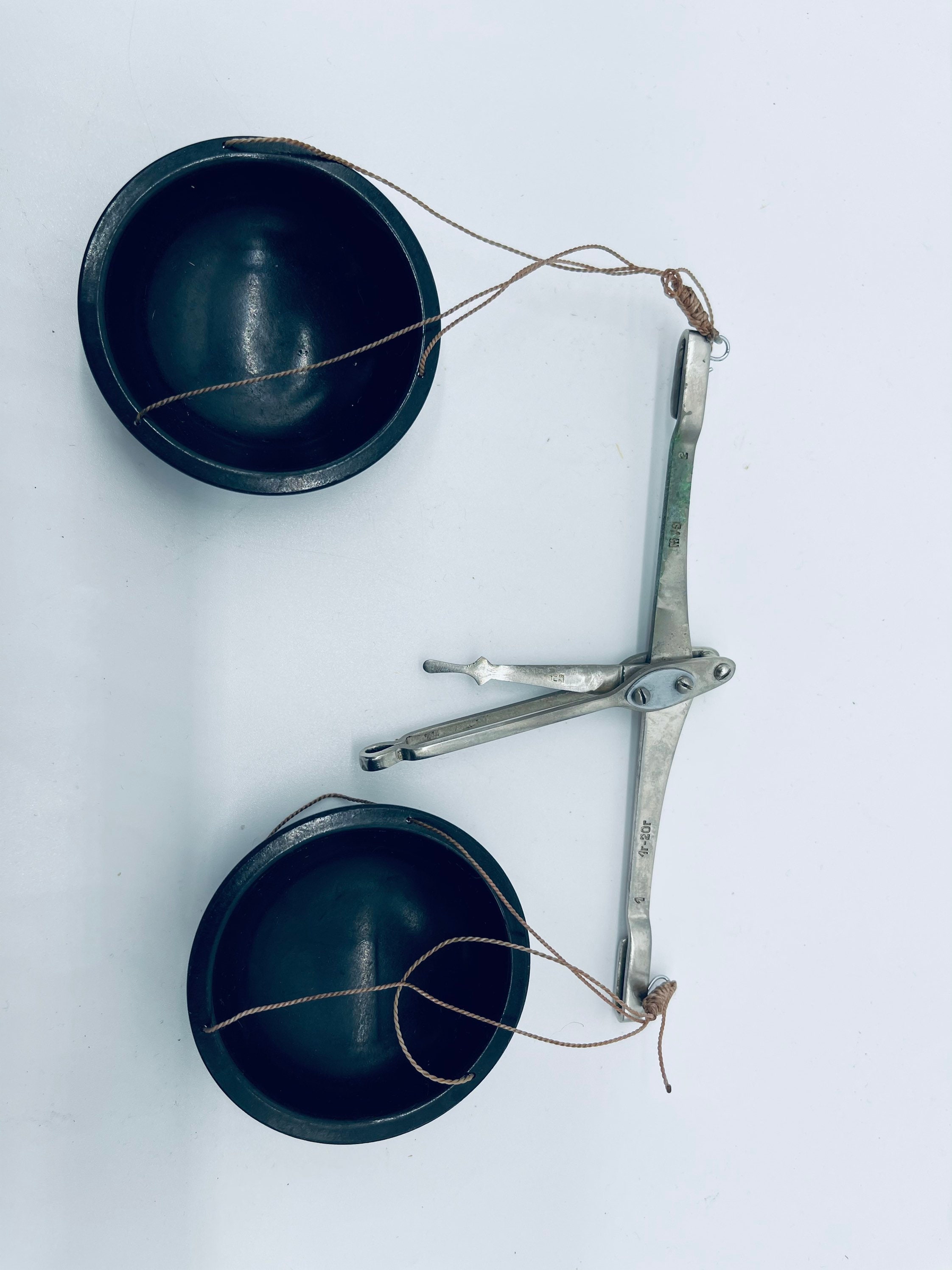
.png)
Instead, pentatonic chords can be constructed by taking the root, third note and fifth note in the pentatonic scale similar to the usual construction of chords in the diatonic scale, which could then be playable over all notes without including extra notes.įor example, the three chords that naturally arise from the diatonic scale are the major, minor and diminished chords. While the usual diatonic major and minor chords are commonly played over the pentatonic scale, they do not naturally arise from the pentatonic scale in that they require playing the two additional notes that are omitted from the pentatonic. Relationship to diatonic modes Įach mode of the pentatonic scale (containing notes C, D, E, G and A) can be thought of as the five scale degrees shared by three different diatonic modes with the two remaining scale degrees removed: Ricker assigned the major pentatonic scale mode I while Gilchrist assigned it mode III. The pentatonic scale (containing notes C, D, E, G and A) has five modes, which are derived by treating a different note as the tonic: Rearranging the pitches to fit into one octave creates the major pentatonic scale: C, D, E, G, A. One construction takes five consecutive pitches from the circle of fifths starting on C, these are C, G, D, A, and E.

The major pentatonic scale may be thought of as a gapped or incomplete major scale, using scale tones 1, 2, 3, 5, and 6 of the major scale. (This should not be confused with the identical term also used by musicologists to describe a scale including only two notes.)Īnhemitonic pentatonic scales can be constructed in many ways.

(For example, in Japanese music the anhemitonic yo scale is contrasted with the hemitonic in scale.) Hemitonic pentatonic scales are also called "ditonic scales", because the largest interval in them is the ditone (e.g., in the scale C–E–F–G–B–C, the interval found between C–E and G–B). Hemitonic scales contain one or more semitones and anhemitonic scales do not contain semitones. Musicology commonly classifies pentatonic scales as either hemitonic or anhemitonic. Miyako-bushi scale on D, equivalent to in scale on D, with brackets on fourths


 0 kommentar(er)
0 kommentar(er)
